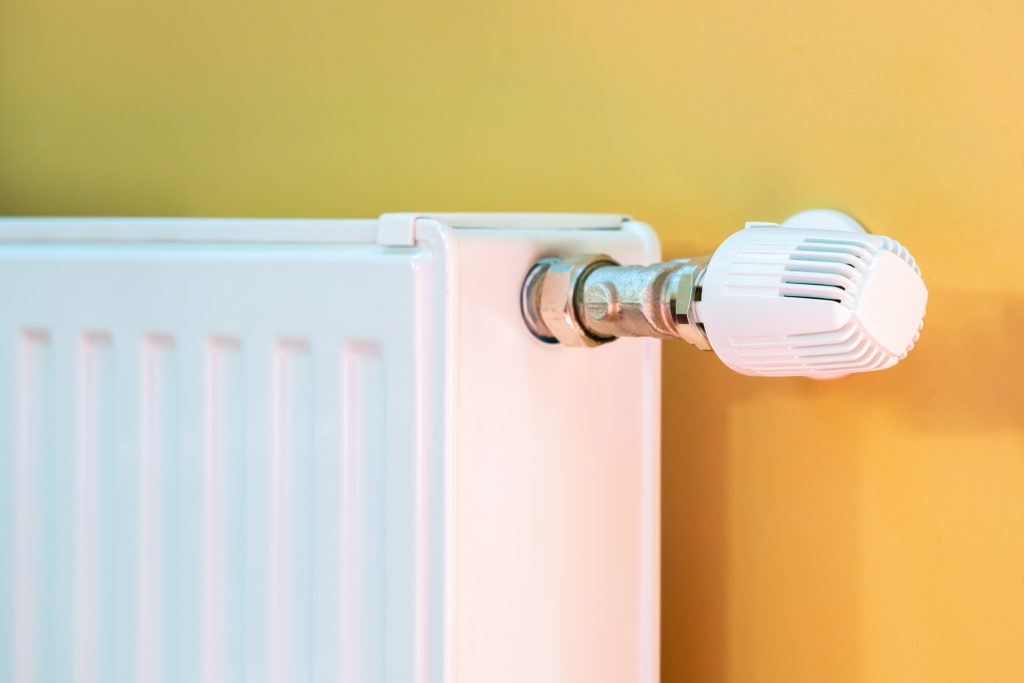How To Bleed Your Radiators
As long as there is no underlying problem and your radiators aren’t faulty then bleeding your radiators is a simple and quick process that you can do yourself without the need to call a plumber or heating engineer out. It is simply opening the valve on the radiator to let the trapped air out.

Bleed your radiators by following these simple steps:
- Check all of your radiators – With your heating on and all of your radiator valves open, feel the top and bottom of each radiator to see if there is any inconsistencies in the heat. If not good move on, if there is then you will need to bleed your radiators. Prior to bleeding have a check to see there is no rust on the radiator or water leaking from the radiator. This would be a more serious problem, it would be advisable to call one of our central heating and boiler maintenance team to check your system thoroughly.
- After you have checked all of your radiators turn the central heating off and let it cool, this stops you from scalding yourself on the hot water and also inadvertently sucking more air into the system.
- Find your radiator bleed key. Your central heating installer should have left you one. If you can’t find it don’t worry as they are readily available in any good hardware store and for some radiators you can just use a screwdriver.
- If you have more than one radiator to bleed then which one you bleed first depends on the layout of your home and where your boiler is positioned. If you boiler is downstairs then you would start with the upstairs radiators and vice versa if your boiler is upstairs then start with the down stairs ones. Just as a precaution it is always a good idea to lay some old towels at the base of the radiator to catch any drips.
- At one end of the top of each radiator you will find the bleed valve. Attach your radiator key to the square bit in the centre, place a dish or something similar at the base of the radiator. Now slowly turn the bleed key anti clockwise for approximately half a turn, you should start to hear a hissing sound as the air starts to escape. Hold your cloth close to prevent any drips or spits going everywhere. Do not remove the bleed screw.
- When the air has stopped hissing and you see water starting to trickle out instead you can re-tighten the bleed screw again quickly. Do not over tighten as you may damage the bleed valve.
- Repeat steps 5 and 6 for each radiator.
- Once you have completed the bleeding of your radiators, you need to check your boilers pressure by having a look at the gauge on it. If the water pressure in your boiler is too low then using the filling loop on your boiler you will have to fill it back up to its working pressure. he filling loop is usually just a small tap or lever on the main water supply to the boiler.
- The final test now is to see if you have been successful. Turn your heating on again and have a brew while you wait for the radiators to warm up. Once they have warmed up go around and recheck the top and bottom of them for heat inconsistencies again. If there are still some inconsistencies then some of your radiators might need bleeding again. If after two bleeds the problem is not solved then it would be best to contact one of our central heating and boiler maintenance team.
